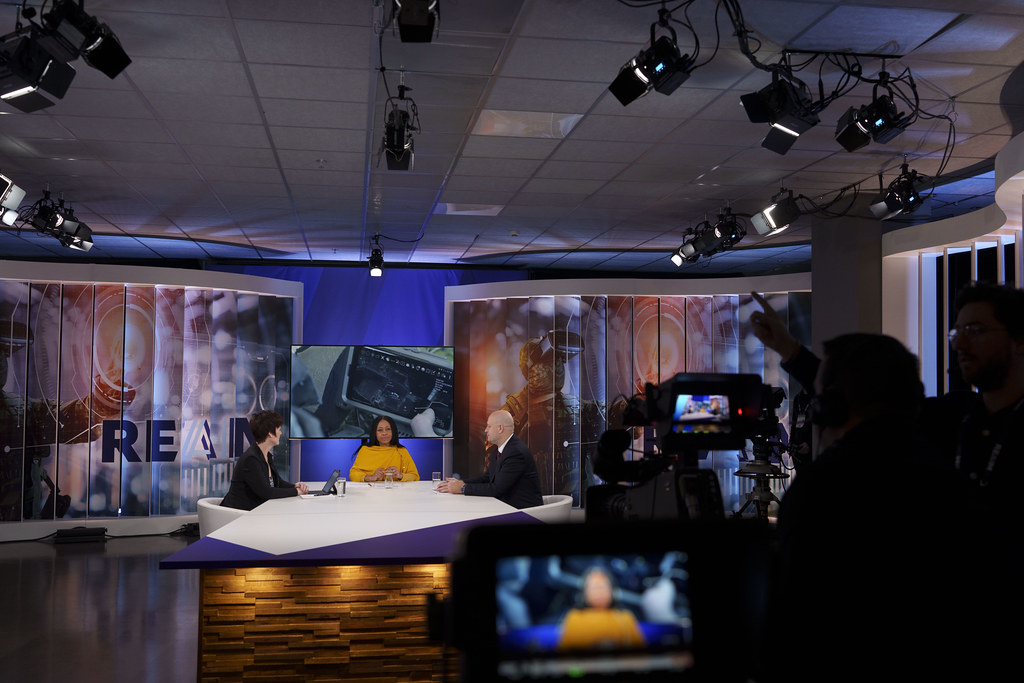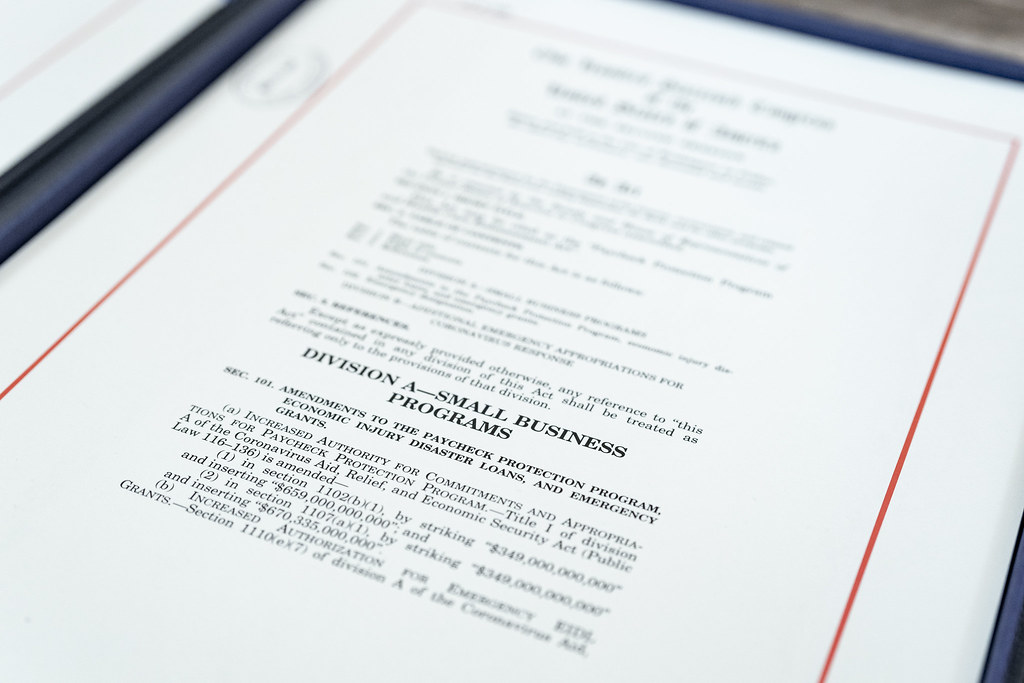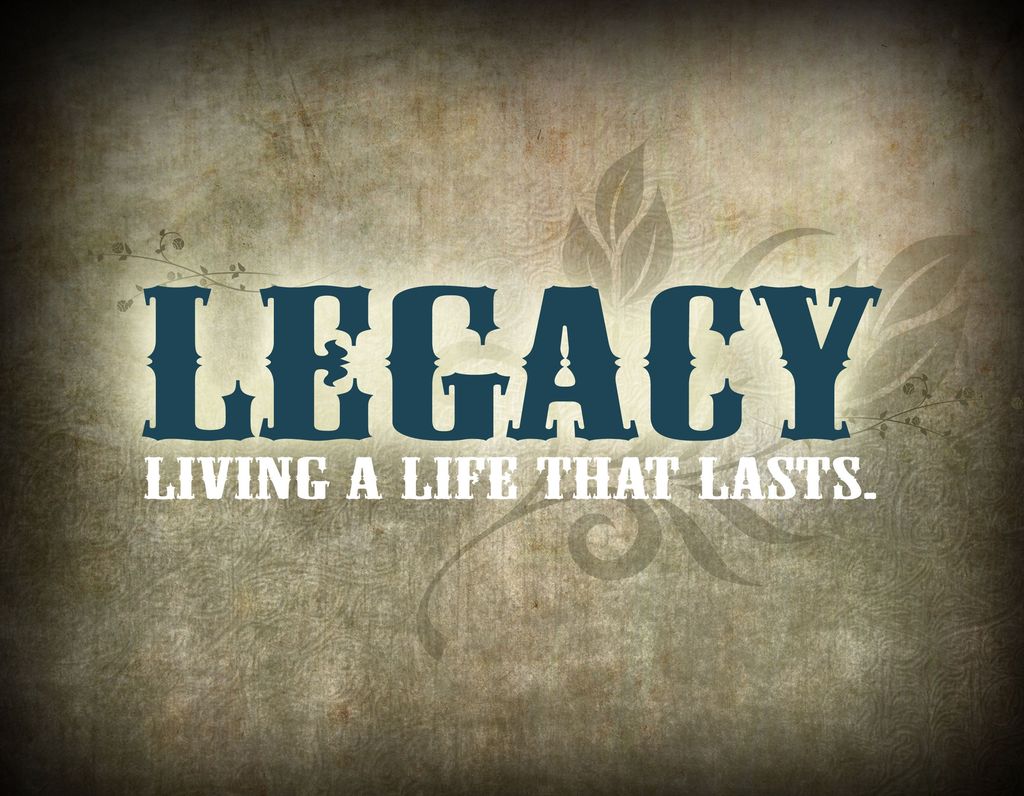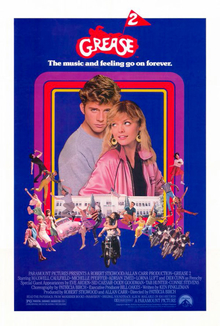
The world of entertainment recently bid farewell to a singular figure, George Joseph Kresge Jr., better known to millions as The Amazing Kreskin, who passed away on December 10, 2024, at the age of 89. Kreskin, a name synonymous with mentalist feats and captivating television appearances, rose to prominence in the 1970s, dazzling audiences with his unique blend of psychology, suggestion, and showmanship. His passing marks the end of an era for a performer who consistently challenged perceptions of the human mind, carving out a distinct niche in popular culture.
Throughout his extensive career, Kreskin meticulously distinguished himself from psychics or those claiming supernatural abilities. He always maintained that his performances were rooted in an understanding of human psychology and the power of suggestion, rather than any paranormal gifts. This dedication to a scientific, albeit theatrical, approach to mentalism set him apart and was a cornerstone of his public persona, engaging audiences in an exploration of the mind’s capabilities.
From his humble beginnings in New Jersey to becoming a household name across North America, Kreskin’s journey was marked by consistent innovation and an unwavering commitment to his craft. This article delves into the defining moments and characteristics that shaped the early and mid-periods of his remarkable life, examining the foundational elements that cemented his status as a legendary celebrity mentalist.

1. Early Life, Education, and Inspiration
George Joseph Kresge Jr. was born on January 12, 1935, in Montclair, New Jersey, into a family of Polish and Sicilian heritage. He spent his formative years growing up with his younger brother in West Caldwell, New Jersey, a community he would call home for a significant portion of his life. His father’s occupation as an employee for a battery manufacturer offered a relatively stable, though not necessarily theatrical, backdrop to young George’s nascent talents.
Kreskin’s fascination with mentalism was ignited at an early age, notably by Lee Falk’s comic strip, “Mandrake the Magician,” which featured a crime-fighting stage magician. This fictional character served as a powerful inspiration, sparking Kreskin’s interest in the art of illusion and mental feats. He began to explore and exploit his own mental acumen as early as the third grade, an early indication of the path his future career would take.
His academic pursuits further honed his natural inclinations. Kreskin attended Seton Hall University, where he earned a degree in psychology. This formal education provided a scientific framework for his developing act, grounding his performances in an understanding of human behavior and cognitive processes. For several years, he worked as a clinical psychologist, even as he simultaneously refined and developed the theatrical components of his mentalist routine, blending academic rigor with stagecraft.
One particularly telling anecdote from his childhood illustrates his early drive. He recounted a game of ‘Hot and Cold’ in class, which ignited an obsession with identifying the ‘it’ person without being told. This led him to coax his family into hiding a penny for him to find. He described a breakthrough moment when his brother hid a penny, and he instinctively climbed a chair, reaching behind a curtain rod in his grandparents’ bedroom, successfully locating it. This early success underscored his belief in the power of focused intention and observation.
Read more about: Beyond the Headlines: The Unconventional Parenting Playbook Gwyneth Paltrow Wrote for Her Kids

2. The Genesis of a TV Star: “The Amazing World of Kreskin”
Kreskin’s journey to national prominence began with his first television appearance on “The Steve Allen Show” in 1964. This initial foray into the medium, though perhaps not without its share of minor mishaps, laid the groundwork for a prolific career in broadcasting. It was on this platform that he first introduced his unique brand of mentalism to a wider audience, captivating viewers with demonstrations that seemed to defy explanation.
Building on this early exposure, Kreskin launched his own syndicated television series, “The Amazing World of Kreskin,” which aired throughout Canada on CTV and was distributed in the United States from 1972 to 1975. The show was produced in Ottawa, Ontario, at the CJOH-TV studios, bringing his distinctive style into homes across North America. An additional set of episodes, billed as “The New Kreskin Show,” followed from 1975 to 1978, produced at the studios of CFTO-TV in Toronto, further cementing his television presence.
During his time hosting “The Amazing World of Kreskin,” the mentalist articulated the show’s core mission, stating, “we investigate man’s greatest enigma, the mystery of the human mind.” This statement encapsulated his career-long dedication to exploring the psychological underpinnings of his feats, inviting audiences to ponder the vast potential and intricacies of human cognition. The program provided a regular platform for Kreskin to perform his mentalist tricks, engage with guests, and delve into the fascinating mechanics of suggestion and perception.
The 1970s and early 1980s marked the zenith of Kreskin’s popularity, as his television series and frequent talk show appearances transformed him into a genuine pop culture phenomenon. He captivated audiences with his seemingly inexplicable abilities, consistently drawing viewers into the captivating world of mentalism. His consistent presence on screens across the continent during this period was instrumental in establishing his iconic status and enduring legacy as a celebrity mentalist.

3. A Talk Show Phenomenon: The Johnny Carson Era and His Moniker
Kreskin’s rise to national stardom was inseparably linked to the vibrant landscape of late-night television, where he became a fixture on the most iconic programs of the era. Among these, his appearances on “The Tonight Show Starring Johnny Carson” stand out as particularly significant. Kreskin graced Carson’s stage an impressive 88 times, becoming one of the show’s most frequent and memorable guests, a testament to his enduring appeal and the unique entertainment he provided.
It was Johnny Carson himself who bestowed upon George Joseph Kresge Jr. the iconic moniker that would define his public identity: “The Amazing Kreskin.” This designation, uttered by one of television’s most influential hosts, instantly elevated Kreskin’s status, embedding the title “Amazing” into the popular consciousness and forever linking his name with extraordinary mental feats. The power of Carson’s endorsement played a crucial role in amplifying Kreskin’s celebrity.
Beyond Carson’s show, Kreskin was an equally prolific presence on other major talk shows of the time, further solidifying his status as a television phenomenon. He appeared approximately 100 times on “The Mike Douglas Show” and a similar number of times on “The Merv Griffin Show.” These consistent appearances across multiple high-profile platforms ensured that Kreskin remained a ubiquitous and beloved figure in American households throughout the 1970s and beyond, showcasing his versatility and widespread appeal.
His frequent presence on these programs allowed him to reach vast audiences, turning his mentalist demonstrations into watercooler conversations and cementing his image as an accessible yet mystifying entertainer. The trust and rapport he built with hosts like Carson, Douglas, and Griffin were instrumental in showcasing his abilities in a compelling and credible manner, turning him into a cultural touchstone whose name was instantly recognizable to millions.

4. The Signature Paycheck Trick: A Test of Mental Acuity
Among The Amazing Kreskin’s most iconic and anticipated demonstrations was his unique “paycheck trick,” a staple of his live performances that highlighted his skills while adding an element of genuine risk. The premise was deceptively simple yet consistently captivating: Kreskin would instruct audience members to hide an envelope containing his paycheck for that evening’s performance somewhere within the venue, while he was escorted off stage and kept in seclusion by other audience volunteers. Upon his return, he would hunt through the audience and the performance space, almost always managing to ferret out the correct location of the hidden remuneration.
The stakes of this particular trick were remarkably clear and entirely personal: if Kreskin failed to locate the hidden paycheck, he would not get paid for that day’s performance. This self-imposed condition added an authentic layer of suspense to the act, transforming it from a mere demonstration into a high-stakes gamble. Audiences were enthralled not only by the mystery of how he accomplished it but also by the financial risk he willingly undertook, making each successful recovery a triumphant moment for both Kreskin and his audience.
Over the course of his extensive career, Kreskin claimed to have failed only a handful of times, citing “ten or eleven times” or “about a dozen times” as the total number of instances he did not find the check. One notable failure occurred on April 14, 2018, in Theatre Row, New York City, where despite a sold-out crowd and an extended search, he ultimately threw up his hands, declaring it his 12th failure in 30 years. Such rare failures, rather than diminishing his mystique, often served to reinforce the authenticity of the trick’s challenge.
His ability to find the check in some of the most improbable locations became legendary. Reports described him locating his earnings in places as outlandish as the stuffing of a turkey, tucked inside a fire hose, or even under the upper bridge inside a man’s mouth. These extraordinary hiding spots underscored the profound trust Kreskin placed in his observational skills and his command of suggestion, which he believed were the true mechanisms behind his remarkable success in this iconic act.

5. Mentalist, Not Psychic: Kreskin’s Core Philosophy
One of the most defining aspects of The Amazing Kreskin’s public persona and professional ethos was his steadfast insistence on being identified as a mentalist, rather than a psychic or clairvoyant. Throughout his career, he meticulously articulated this distinction, making it a cornerstone of his brand. He never claimed to possess paranormal or supernatural powers, actively disliking the label of “psychic” and consistently correcting anyone who attributed his abilities to such phenomena.
Kreskin’s explanation for his unique abilities was firmly rooted in the realms of psychology, suggestion, and keen observation. He described himself as “a scientist, a researcher in the field of suggestion and ‘extrasensory’ perceptions,” emphasizing that he merely performed “what I discover.” His work, according to him, operated “on the basis of suggestion, not the paranormal or supernatural,” providing a rational, albeit highly skilled, framework for his seemingly inexplicable feats.
He frequently elaborated on the mechanics behind his performances. Kreskin explained that he employed psychological methods such as using relaxation techniques to jog lost memories or detecting lies through careful analysis of body language and voice inflections. These were not supernatural gifts but rather highly developed skills in human perception and interaction, allowing him to discern subtle cues that most people would overlook.
In an interview with the Chicago Tribune in 1991, Kreskin further elucidated his approach: “I am unable to penetrate the process of the human brain, but I am able, on many occasions, to perceive a single thought or a series of simple thoughts, if the subject is tuned to me and willing to open up their imagination. I am helpless if they refuse. Basically, I apply the power of positive thinking.” This statement encapsulated his belief in the collaborative and psychological nature of his mentalism, highlighting that his success relied as much on the audience’s receptiveness as on his own acute skills.

6. Sustained Television Presence and Later Appearances
While the 1970s and early 1980s marked the peak of The Amazing Kreskin’s initial rise to fame, his captivating presence on television screens was far from over. He skillfully navigated the evolving media landscape, securing his continued relevance well beyond his syndicated series. This enduring appeal was evident through numerous appearances on a new generation of talk shows, ensuring his mentalist demonstrations reached successive waves of viewers across different decades.
Throughout the 1980s and 1990s, Kreskin continued to be a familiar face in American households. He made several memorable appearances on programs such as “Late Night with David Letterman,” where his unique blend of showmanship and psychological insight resonated with a diverse audience. Concurrently, he became a frequent guest on “The Howard Stern Show,” broadening his reach to a more contemporary and often unconventional listenership. His consistent presence on “Live with Regis and Kathie Lee” (now “Live with Kelly and Mark”), with approximately 100 appearances, further cemented his status as a beloved and enduring television personality.
His ability to connect with new audiences persisted into the 21st century. In 2009, Kreskin achieved a notable milestone, becoming the first guest to make four appearances on “Late Night with Jimmy Fallon,” demonstrating his continued ability to engage with modern late-night formats. These invitations from prominent hosts underscored his status as a captivating performer whose appeal transcended generational shifts in television entertainment, adapting his act to maintain its freshness and intrigue for new viewers.
Beyond the talk show circuit, Kreskin maintained a consistent media presence through regular and annual engagements. He frequently appeared on WPIX in New York City, demonstrating his enduring local popularity. Furthermore, his annual New Year’s Day predictions on both the Fox News Channel and CNN became a recurring segment, showcasing his ability to remain a relevant commentator on future events. These appearances often highlighted his purported talent for predicting complex outcomes, including Super Bowl results and presidential election outcomes, attracting public attention year after year.
One of his particularly renowned predictions involved Super Bowl 48, where Kreskin not only forecasted the Seattle Seahawks’ victory but also claimed to predict the near-exact score of 43-8, alongside anticipating a significant play by Malcolm Smith. His final recorded television appearance was on Fox Business on May 2, 2023, where he offered his predictions for the Super Bowl, illustrating his active engagement with public forecasting right up until months before his passing. This long and varied television career underscores his remarkable adaptability and unwavering commitment to his craft.
Read more about: Gone But Never Forgotten: A Heartfelt Tribute to 11 American Icons Whose Lives Ended Too Soon

7. Cinematic and Cultural Influence
The unique persona and performing style of The Amazing Kreskin transcended the boundaries of television, leaving a tangible mark on popular culture, particularly in cinematic productions. His life and career served as a direct inspiration for narratives that explored the world of mentalism and show business. This influence helped immortalize his distinctive approach to entertainment and further embed his legacy within the broader cultural consciousness, demonstrating his impact beyond direct performance.
A significant cinematic portrayal directly influenced by Kreskin’s experiences was the 2008 movie, “The Great Buck Howard.” The film, written and directed by Sean McGinly, was based on McGinly’s brief stint as Kreskin’s road manager. John Malkovich starred as the titular character, a mentalist whose career trajectory and public persona drew clear parallels to Kreskin. McGinly himself acknowledged the direct connection, stating in 2009 that “the first 10 minutes or so of The Great Buck Howard is straight from my life,” illustrating the authenticity woven into the film’s narrative.
Kreskin’s signature “paycheck trick,” a staple of his live performances, figured prominently within the plot of “The Great Buck Howard,” highlighting its iconic status as a test of mental acuity and showmanship. This inclusion in a mainstream film not only paid homage to Kreskin’s most famous act but also introduced it to a new generation of viewers, showcasing the enduring appeal of his unique challenges. The film explored the complexities of a performer’s life, echoing Kreskin’s own journey through the entertainment industry, and subtly critiquing the fleeting nature of celebrity.
His cultural imprint extended to comedic cinema as well, notably through Zach Galifianakis’ character in the 2010 Jay Roach-directed “Dinner for Schmucks.” In this film, Galifianakis’ character openly idolized the real Kreskin, further solidifying the mentalist’s status as a recognized and influential figure within entertainment circles. Such references underscore how Kreskin’s distinct brand of mentalism had permeated popular consciousness, becoming a touchstone for discussions on unique talents and captivating personas.
Even in his later years, Kreskin continued to engage with emerging forms of media, demonstrating his adaptability and lasting cultural relevance. In 2022, it was announced that he would lend his voice to “The Magic Tree” in an animated series titled “The Adventures of Little Billy: In Search of the Magic Tree.” Furthermore, he publicly expressed interest in being added to the roster of the “Nickelodeon All-Star Brawl” video game, following a tweet from Hugh Neutron’s voice actor, Mark DeCarlo. These endeavors highlighted Kreskin’s willingness to embrace new platforms and his continued desire to connect with audiences through diverse creative outlets.
Read more about: Rewind to the Sixties: 11 Chart-Topping Tracks That Ruled the Airwaves and Then Vanished into Thin Air

8. The UFO Prediction and Its Aftermath
Throughout his extensive career, The Amazing Kreskin’s public pronouncements sometimes veered into areas that generated considerable controversy, testing the boundaries of public trust and scientific scrutiny. One such incident, which garnered significant media attention and ultimately led to a public dispute, involved a highly publicized prediction concerning a mass UFO sighting in Las Vegas in 2002. This event became a notable point of contention, challenging his public image as a purely psychological mentalist.
In 2002, Kreskin boldly predicted that thousands of people would witness a mass UFO sighting over Las Vegas on June 6, specifically between 9:45 PM and midnight. To underscore his confidence, he announced a significant charitable pledge, promising to donate $50,000 to a charity if no such sighting occurred. This dramatic pronouncement attracted hundreds of eager individuals who camped out that evening, anticipating an extraordinary celestial event, creating a spectacle of public expectation and anticipation.
However, the night passed without the promised mass sighting, leaving the gathered crowds notably underwhelmed and the prediction unfulfilled in the eyes of many. The absence of widespread UFO activity placed Kreskin in a precarious position, necessitating an explanation for the failed prophecy. Two days later, on June 8, he appeared on Art Bell’s widely syndicated radio program, “Coast to Coast AM,” to address the controversy and offer his perspective on the events of that night.
During his appearance, Bell read a press release from Kreskin, which asserted that the “sighting prediction was a total fabrication in order to prove people’s susceptibility to suggestion post-9/11.” Kreskin claimed his concern stemmed from the potential for a mentalist with similar skills to orchestrate a more sinister stunt, positioning the event as a grand “experiment” designed to illustrate the dangers of public suggestibility. This explanation attempted to reframe the prediction from a failed prophecy into a deliberate psychological demonstration.
Yet, Kreskin’s explanation for avoiding the $50,000 donation proved to be highly contentious. He claimed that despite the lack of a mass event, glowing green orbs were supposedly spotted in the sky just before midnight by a few witnesses, after news camera crews had already departed the scene. Based on this isolated report, Kreskin declared his prediction had indeed come true, thus negating his obligation to pay the promised charity sum. This assertion deeply offended Art Bell, who publicly opined that the entire incident was merely a publicity stunt, subsequently banning Kreskin from his program and highlighting the severe damage to his credibility among certain audiences.

9. Disputed Claims and Critical Perspectives
While The Amazing Kreskin cultivated an image rooted in psychology and suggestion, his career was not without its share of contested narratives and sharp criticisms from within the magical and skeptical communities. These challenges often questioned the veracity of his anecdotes and the ethical implications of presenting mentalist tricks as potentially genuine phenomena. Such disputes underscore a fundamental tension between entertainment and the pursuit of verifiable truth.
One of the most frequently recounted, yet disputed, claims by Kreskin involved the inspiration for Johnny Carson’s iconic character, Carnac the Magnificent. Kreskin consistently stated that Carson developed the turban-wearing clairvoyant after witnessing Kreskin trip onstage during his 1964 television debut on “The Steve Allen Show,” mimicking both his physical entrance and mentalist persona. However, television historians and multiple sources have largely attributed Carnac’s origins to earlier comedic routines, such as Steve Allen’s “Answer Man,” with neither Carson nor his writing staff ever crediting Kreskin as an influence, creating a long-standing point of historical disagreement.
Another of Kreskin’s often-repeated personal anecdotes concerned a purportedly missed, doomed commercial flight from Newark to Lake Placid. He claimed the plane later crashed, but his luggage, having already been loaded, miraculously survived. According to his telling, police officers dramatically returned his belongings to him during one of his live performances. Yet, extensive research by journalists and independent investigators has yielded no record of a plane crash matching this description, nor any public confirmation from law enforcement regarding the return of his luggage onstage. This story, originating solely from Kreskin’s accounts, remains unsubstantiated, casting doubt on its factual basis.
Furthermore, Kreskin repeatedly asserted on various occasions that he had utilized his mentalist abilities to assist law enforcement in solving crimes or locating missing persons. These claims, often made in promotional contexts, presented Kreskin as a valuable resource for criminal investigations. However, no official law enforcement agencies have ever publicly credited him with contributing to the resolution of any criminal cases. These unsubstantiated claims have drawn criticism from skeptics and professional magicians alike, who point to a lack of credible, independent verification.
Perhaps Kreskin’s most vocal and persistent critic was Penn Jillette, half of the renowned magic duo Penn & Teller. Jillette expressed a profound sense of “humiliation and betrayal” from his childhood, having been misled by Kreskin’s television appearances and an “ESP kit” marketed to children. In a 1992 letter to *Skeptical Inquirer*, Jillette wrote, “Kreskin just stole money from my parents, and time and passion from me. I owe him no thanks,” highlighting his deep disillusionment upon realizing Kreskin’s acts were tricks rather than scientific experiments. Jillette’s critique extended to his 2011 book, *God, No!*, where he recounted attending one of Kreskin’s Las Vegas performances and expressed frustration that the act, despite its marketing, relied entirely on illusion, even considering attempting to get the show canceled. In a 2020 podcast appearance, Jillette candidly labeled Kreskin “a hack,” asserting that the mentalist’s presentation of ESP as genuine phenomena had, for a time in his youth, caused him to “hate science and magic,” powerfully encapsulating the ethical concerns that critics raised about Kreskin’s approach to his craft.
Read more about: Selena Gomez’s Mental Health Startup Under Fire: Unpaid Employees and Allegations of Mismanagement Spark Financial Crisis

10. Final Years, Legacy, and Philosophical Reflections
The Amazing Kreskin’s commitment to performance was unwavering, extending well into his octogenarian years, a testament to his passion for his craft. He continued to perform live until just a few months before his death, maintaining a remarkable schedule. His active career, however, concluded after he sustained an injury in a fall in early 2024, leading to a period of declining health in the weeks that preceded his passing. George Joseph Kresge Jr. ultimately succumbed to complications of dementia on December 10, 2024, at the age of 89, at an assisted living facility in Wayne, New Jersey, marking the end of an extraordinary life in entertainment.
In his personal life, Kreskin remained a private individual, never marrying and having no children. Despite his global travels, he maintained strong ties to his New Jersey roots, residing for much of his life in West Caldwell, North Caldwell, and Caldwell. Those close to him remembered a man whose public persona as the “Amazing Kreskin” coexisted with a deeply kind nature. His former road manager, Ryan Galway, fondly recalled, “He was one of the sweetest guys on the planet,” adding that there were “two sides to him,” one focused on business and the other on genuine kindness.
Kreskin’s intellectual curiosity and distinctive philosophical outlook also extended to the phenomenon of hypnosis, a field often associated with mentalism. He held a controversial and firm stance, proudly asserting that he had “proved that hypnosis is a joke.” In 2018, he stated unequivocally, “There is no such thing on the face of the Earth,” and “Nobody has ever gotten into a hypnotic trance.” Kreskin further claimed that, due to his findings, hypnosis evidence could not be admitted into any courtroom case in the United States, reflecting his commitment to debunking what he considered pseudoscientific practices, even if his own methods were theatrical.
As Kreskin’s career progressed and technology advanced, he offered insightful observations on the changing dynamics of human interaction and its impact on his art. In a video for the online knowledge forum Big Think, he lamented that “traditional culture is disintegrating,” suggesting that modern technological immersion was creating barriers to genuine human connection. He noted, “People don’t hear each other anymore,” and described instances of individuals in restaurants glued to their cellphones, underscoring his belief that such societal shifts made the subtle art of mentalism, which relies on perception and suggestion, increasingly challenging.
Ultimately, The Amazing Kreskin leaves behind a legacy as a unique figure who consistently pushed the boundaries of perception and entertainment. He was a performer who meticulously maintained the distinction between mentalism and the supernatural, inviting audiences to explore the mysteries of the human mind through psychological artistry. His enduring spirit was perhaps best encapsulated by his own words at the close of every show, as recalled by his manager: “Let’s not say goodbye, let’s just say to be continued.” When once asked about retirement in 2015, Kreskin famously replied, “Exactly 10 days after I drop dead,” a statement that perfectly captured his lifelong dedication to his craft and his unyielding passion for captivating audiences until the very end.
Read more about: Joseph McNeil’s Enduring Legacy: How a Spark in Greensboro Ignited the Civil Rights Movement
The Amazing Kreskin’s departure marks not just the passing of a remarkable entertainer but the closing of a chapter in the history of showmanship, one where a singular individual engaged millions by demonstrating the extraordinary potential of the human mind, even amidst debate and skepticism. His influence, from inspiring films to sparking critical conversations, ensures that the intrigue surrounding his name and abilities will indeed, in his own words, ‘be continued’ in the annals of pop culture.


